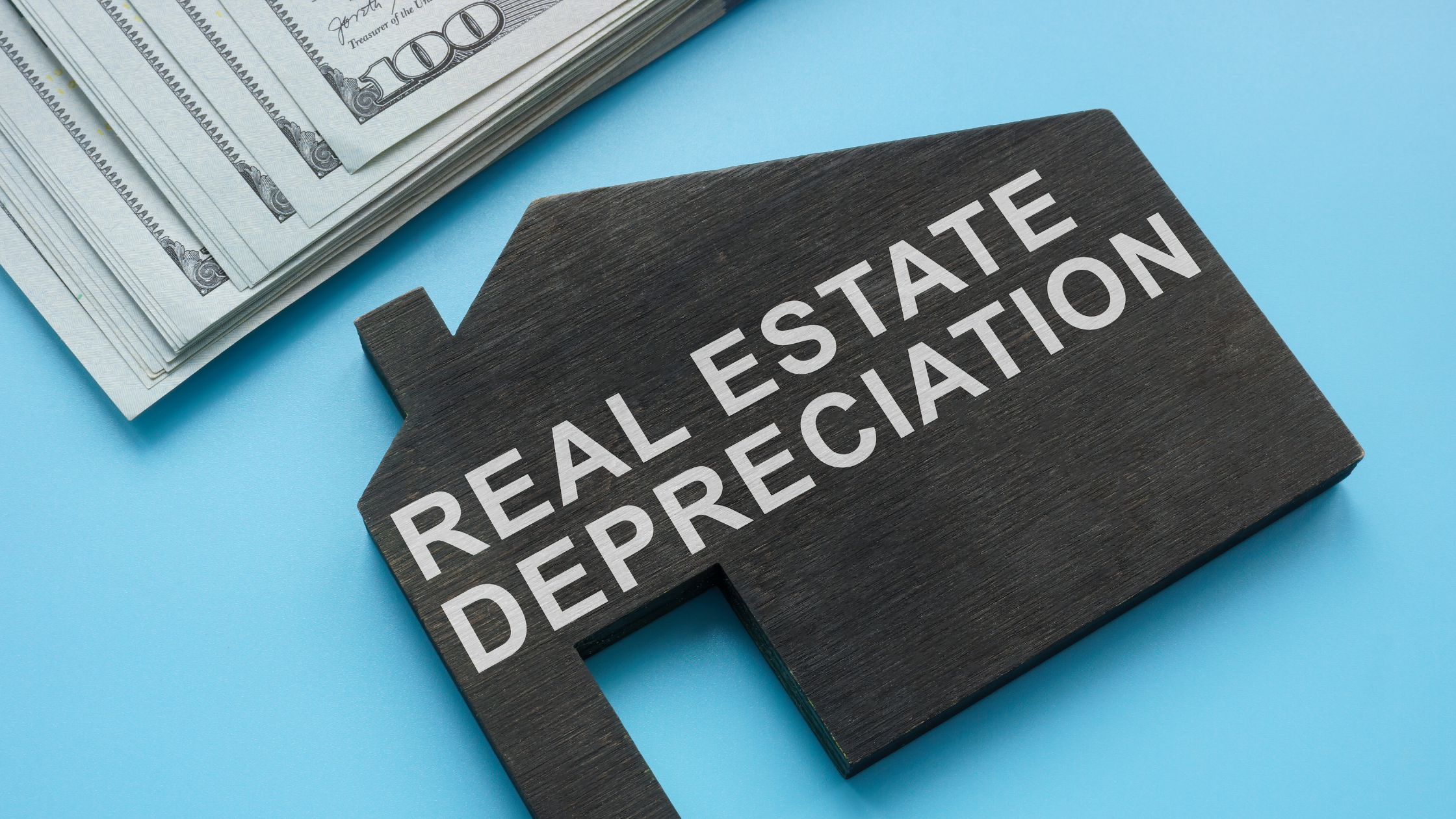The Tax Cuts and Jobs Act (TCJA) of 2017 aimed to boost the economy by providing substantial tax benefits. One significant element, bonus depreciation, allowed businesses to deduct a larger portion of the cost of qualifying equipment and property in the year it was acquired, reducing their taxable income. This incentive initially offered a 100% deduction but started phasing out in 2023, decreasing by 20% annually until it completely sunsets in 2027. This has huge ramifications for business owners and real estate investors. Let's take a look at how we got here and what it means.
Understanding Accelerated Depreciation and Its Benefits
Accelerated depreciation serves as a tax-efficient strategy for real estate owners and investors, allowing them to deduct a larger portion of their property's cost over a shorter timeframe. This not only reduces taxable income but also boosts cash flow. By expediting the depreciation process, owners can swiftly recoup their investment and potentially reinvest the savings in other properties or enhancements. Bonus depreciation and Section 179 deductions are common methods used to achieve accelerated depreciation, offering immediate write-offs and additional opportunities to optimize tax liabilities and enhance financial standing for real estate owners and investors.
The End of Accelerated Depreciation for Real Estate
With the looming sunsetting of accelerated depreciation, owners and investors need to start evaluating their strategy closely. The 2024 tax year will represent a 40% decrease, meaning many will see their taxes increase.
Plus, Not only is bonus depreciation percentage gradually decreasing, but so is the Section 179 deduction limit.
The sunsetting of accelerated depreciation is part of a broader tax reform initiative, which could bring about additional changes and implications for real estate owners and investors. Our team at C&A is already working with our clients to measure the impacts and help them make well-informed decisions.
Strategies for Mitigating Tax Implications Post-Sunsetting of Accelerated Depreciation
Despite the end of accelerated depreciation, real estate owners and investors still have options to minimize the tax impact. Our approach is to focus on long-term tax planning and explore alternative tax-saving methods.
For instance, owners can opt for cost segregation studies to identify and assign costs to assets with shorter lifespans, allowing for accelerated depreciation. This can help with a quicker return on investment and offset the loss of previous accelerated depreciation benefits.
Another avenue to consider is exploring various tax credits and deductions that offer potential tax savings. These may include energy-efficient property credits, historic rehabilitation credits, and low-income housing credits.
What's Next? Look at Your Plan
Given the complexities and potential implications of the sunsetting of accelerated depreciation, it's a smart move for real estate owners and investors to seek advice to maximize tax efficiency.
Our team at C&A has deep expertise in real estate taxation and can offer valuable insights and guidance on navigating the changing tax landscape. We analyze individual situations, identify available tax-saving opportunities, and develop tailored strategies to minimize tax liabilities and maximize overall financial benefits.
If you have concerns about the implications of accelerated depreciation coming to an end, set up some time to speak with our team, we can help.



